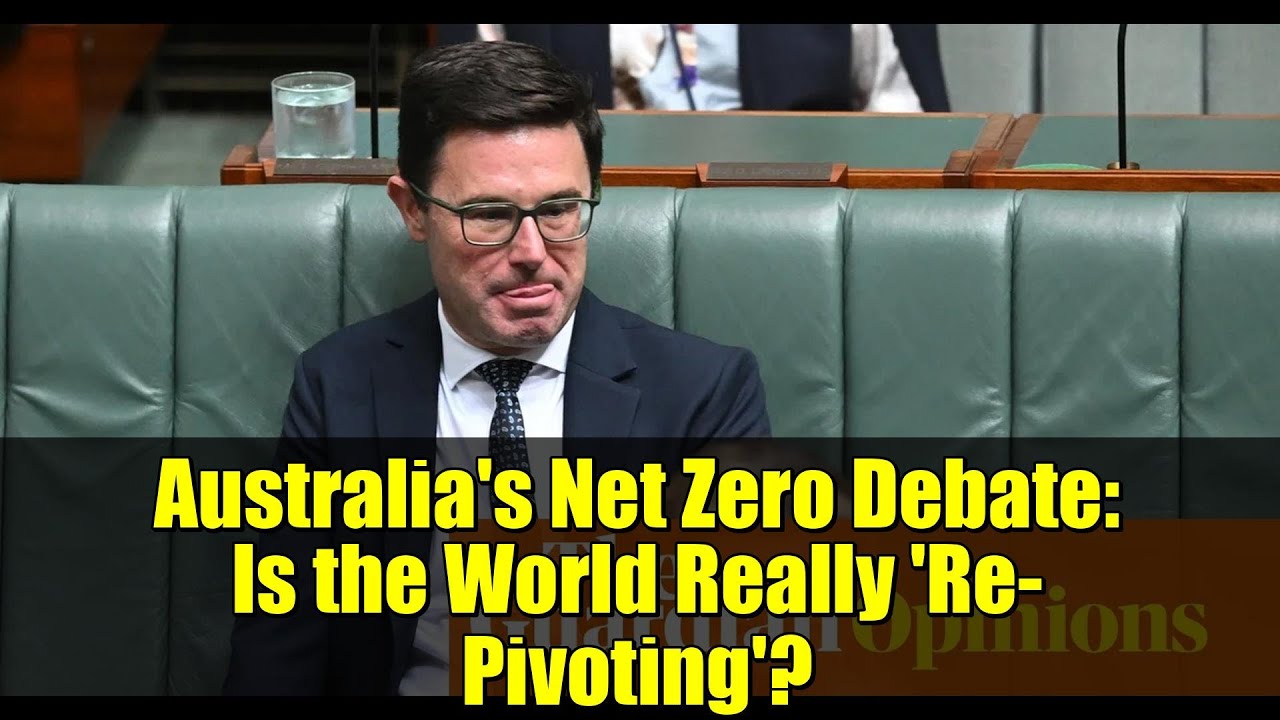Net Zero Debate Fuels Capital Flight And Risk
ASX200 and AUDUSD fall as net-zero uncertainty collides with MQG earnings slump, eroding foreign inflows and widening ACGB10Y spreads across Australian markets.

Political turbulence surrounding Australia’s net-zero commitments has merged with corporate earnings shocks to unsettle investor sentiment. The internal debate within the Liberal Party over whether to retain or abandon the 2050 net-zero target has amplified market risk perceptions just as Macquarie Group’s weaker earnings erased A$6 billion in market capitalization. The conjunction of policy ambiguity and profit compression signals a broader credibility challenge for Australia’s policy framework and capital markets.
The core mechanism driving volatility is expectation recalibration. Investors are repricing both regulatory continuity and earnings trajectories across sectors tied to the energy transition. If net-zero targets appear politically reversible, long-duration renewable investments lose policy insurance, widening risk premia. At the same time, legacy resource sectors—coal and LNG—face no clear resurgence, as global demand and ESG constraints remain intact. The result is a market with no obvious hedge: both transition and incumbent assets are exposed to policy whiplash.
At the macro level, the uncertainty is weighing on risk-sensitive capital inflows. Australia’s portfolio inflows turned negative in Q3 2025 (-A$3.4 billion) for the first time since 2020, while the AUD depreciated 2.3% against the USD in two weeks of heightened political rhetoric. Bond yields on 10-year ACGBs widened 18 basis points, reflecting both global rate pressure and domestic risk aversion. The equity market’s volatility index jumped 25% month-on-month, and foreign-ownership ratios of listed infrastructure funds slipped to 41%, their lowest since 2018.
From a governance perspective, policy consistency is an asset-pricing variable. Australia’s macro fundamentals remain sound—GDP growth 1.4%, unemployment 4.2%, debt-to-GDP 33%—but credibility erosion can magnify cyclical shocks. Energy-intensive exporters are deferring capital expenditure decisions pending policy clarity, risking a slowdown in private investment. Conversely, institutional investors with long-term ESG mandates are pressing for transparent transition pathways, reinforcing the alignment between capital stability and environmental governance.
For the ASX, the signal is that markets crave predictability more than perfection. A durable bipartisan commitment to transition would compress risk spreads and attract re-engagement from global funds. Absent that, volatility will persist, with sector rotation favoring defensive utilities and financials over cyclical miners and industrials.
Over the next 12 months, resolution of the political impasse will dictate whether Australia’s equity risk premium narrows toward 4.5% or widens above 6%. Monitoring capital-flow data, AUD volatility, and infrastructure equity valuations will offer early evidence of whether confidence is being rebuilt or eroded further. Institutional positioning will depend less on ideology than on evidence that Australia remains a credible steward of both fiscal and climate policy.





